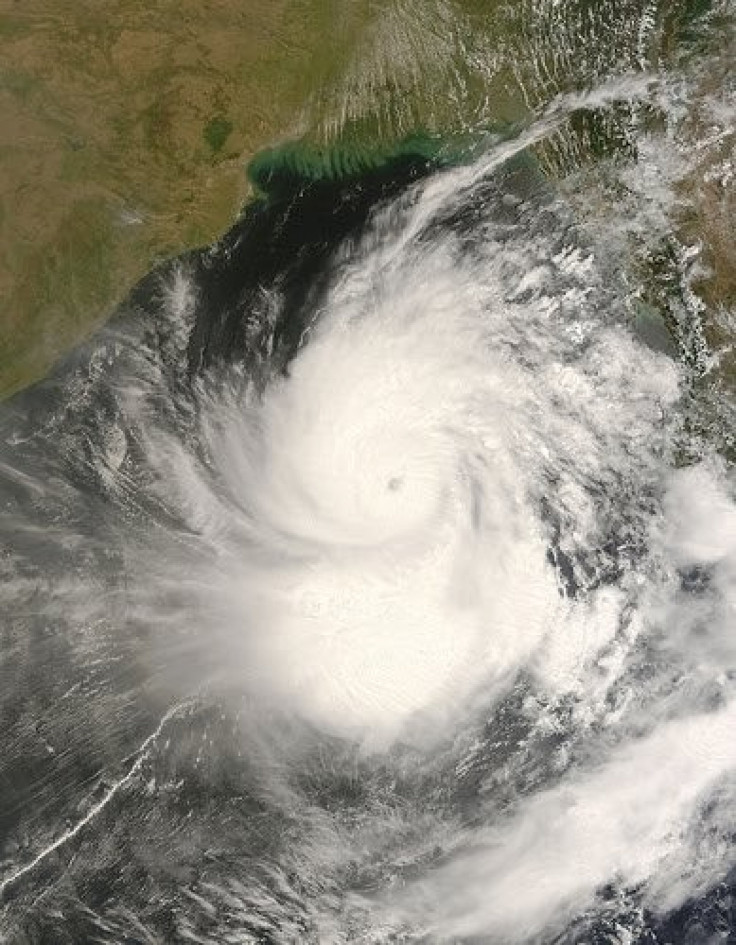Hurricane Watch: 1970 Cyclone in Bangladesh Killed 500,000

As Hurricane Irene bears down on Florida, I am reminded of the worst natural disaster from my childhood and one of the biggest catastrophes in recorded history.
In November 1970, the Bhola Cyclone smashed into East Pakistan (now Bangladesh) and West Bengal (India) and killed at least 500,000 people (although the true death toll will never be known). By comparison, Hurricane Katrina in the southern U.S. killed less than 2,000 people in August 2005.
Although Bhola only reached the equivalent of a ‘Category 3’ Hurricane, the cyclone flooded onto densely-populated, low-lying plains of the Ganges Delta and wiped out hundreds of villages overnight.
At one point reaching winds of 115 miles per hour, the cyclone destroyed almost half the population of the coastal area of Tazumuddin, Upazila.
Bhola is widely regarded as the deadliest tropical cyclone in recorded history.
The cyclone also played a part in leading to the independence of East Pakistan from its rulers in West Pakistan. The government of General Yahya Khan (based in Islamabad) was widely assailed for its slow response at relief efforts by both the opposition Awami League in Dacca and by foreign leaders.
The unrest in East Pakistan eventually led to a war of independence the following year and the creation of the new country of Bangladesh.
The humanitarian crisis that emerged as a result of the cyclone (combined with the deadly civil war the following year) also inspired ex-Beatle George Harrison to organize the famous 'Concert for Bangladesh.'
© Copyright IBTimes 2024. All rights reserved.











